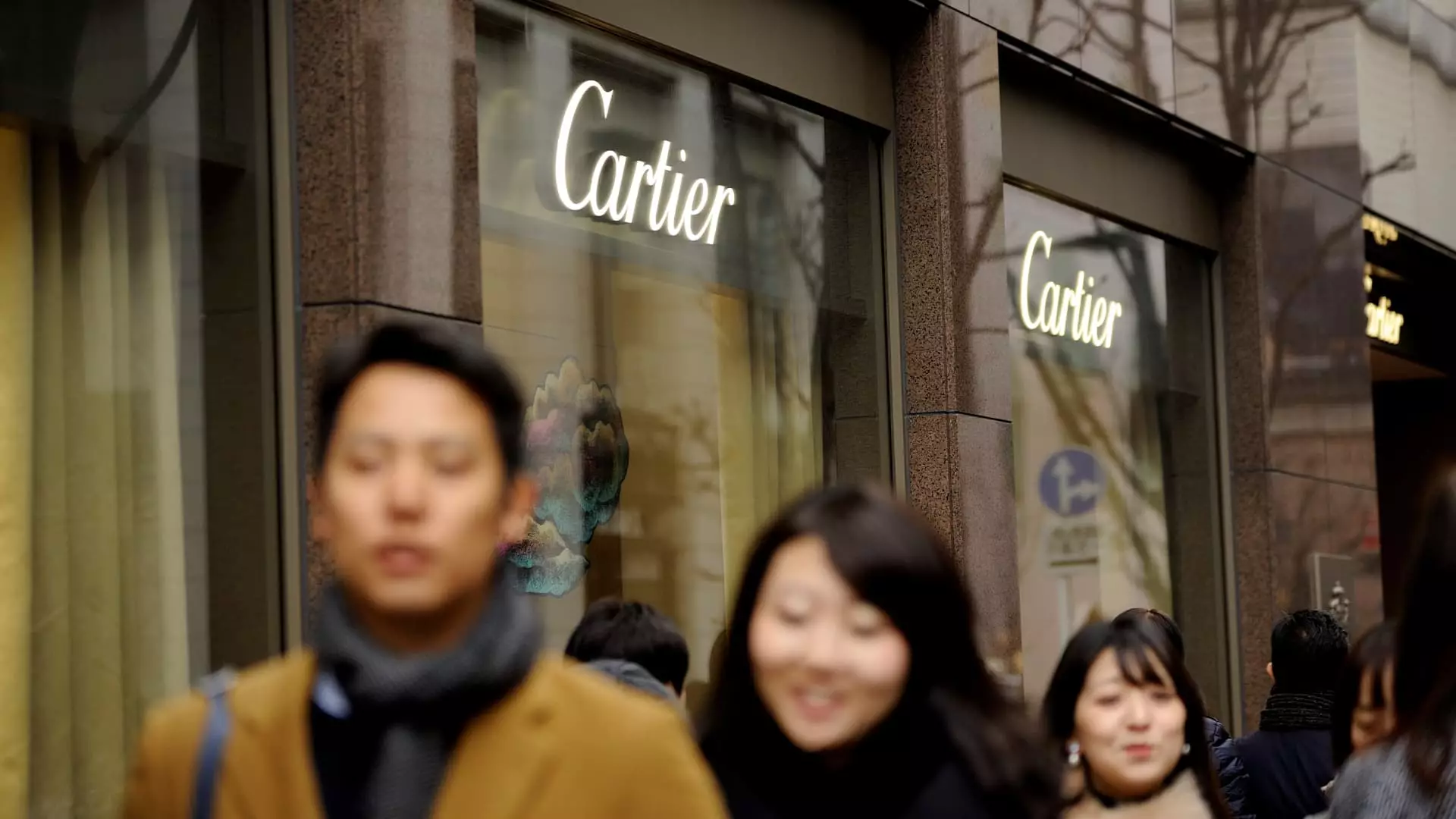In recent years, the luxury market has been heralded as an unstoppable force, fueled by iconic brands and the insatiable appetite of global elites. But beneath this veneer of glamour lies a precarious dependency on external economic factors—most notably, currency stability and geopolitical harmony. The recent downturn in Japan’s luxury sector serves as a stark reminder that this seemingly resilient industry is far from invincible. When the Japanese yen began depreciating, luxury giants like Richemont capitalized on the weakness, enjoying unprecedented sales growth. However, as the yen’s recent recovery demonstrates, reliance on currency fluctuations creates a bubble that can burst unexpectedly, leaving brands exposed and vulnerable to sudden declines.
The Currency War’s Hidden Dangers
The weakening of the yen last year was a calculated boon for luxury brands, turning Japan into a haven for international tourists eager to spend their foreign currency gains. The yen’s decline to 38-year lows effectively made Japan a bargain destination, particularly for Chinese shoppers and other international travelers. The surge in luxury spending seemed unstoppable, feeding into a narrative of unstoppable growth. Yet, this growth was built on unstable foundations—dependence on a weak currency that, once reversed, can swiftly deflate the perceived value of the market. Richemont’s recent 15% sales decline in Japan underscores how fragile this boost was. When the currency appreciation resumed, domestic local demand—long considered more stable—proved insufficient to sustain former levels of high-end sales. This dynamic exposes a broader flaw: luxury markets trend heavily influenced by macroeconomic factors, not solely consumer confidence or brand loyalty.
Market Overreliance and the Costs of External Shocks
What is particularly concerning is how the luxury industry’s growth during the currency downturn was superficially inflated. The industry collectively enjoyed a surge, but as soon as currency conditions shifted, growth evaporated. Richemont’s experience exemplifies how luxury brands are overly dependent on external economic conditions that are beyond their control, making long-term strategic planning inherently risky. The recent decline in Japanese sales, contrasting sharply with previous years of significant expansion, reveals that luxury brands have perhaps become too complacent, assuming that favorable currency movements will always favor their growth. This reliance creates an unstable pattern—growth that is, in essence, a product of external manipulation rather than genuine organic expansion driven by consumer loyalty or innovation.
Implications for the Future of Luxury Markets
This volatility calls into question the sustainability of current luxury market strategies. While brands like Richemont do find temporary solace in currency-driven trends, their long-term resilience depends on cultivating authentic consumer relationships that transcend economic cycles. The current downturn should serve as a wake-up call: relying heavily on international tourism and currency fluctuations is a high-stakes gamble. Real growth must come from diversified markets, genuine innovation, and a deeper understanding of the changing demographics that define the wealthiest consumers. Otherwise, the luxury industry risks experiencing periodic shocks that threaten to unravel the veneer of glamour it has carefully crafted over decades, revealing the fragile economic structures beneath.
The luxury sector’s recent rollercoaster—riding high on currency swings and geopolitical shifts—exposes a fundamental truth: markets built on external dependencies are inherently unstable. As the global economic landscape continues to shift unpredictably, luxury brands must reassess their reliance on macroeconomic factors and focus on sustainable, internally-driven growth. Without this shift, they risk becoming casualties of the same forces they’ve historically exploited for profit.

